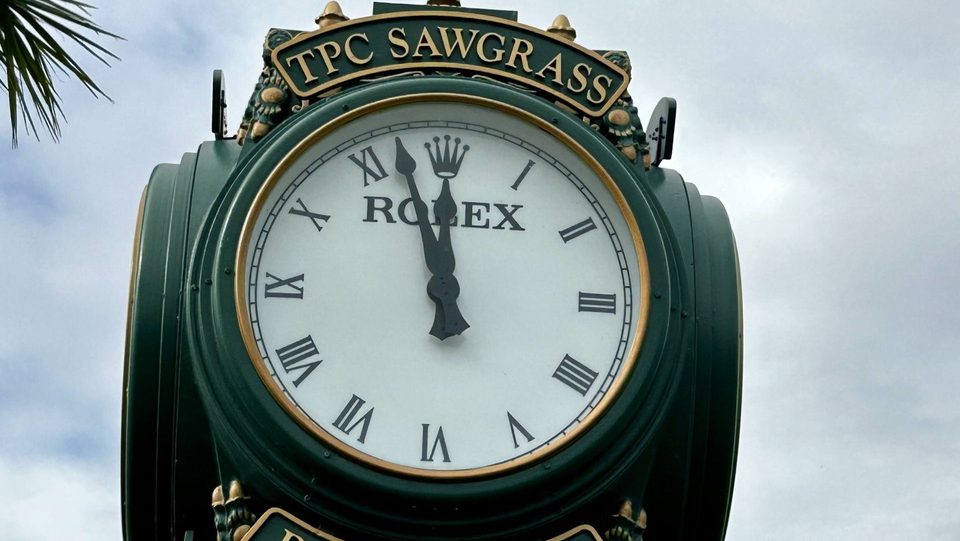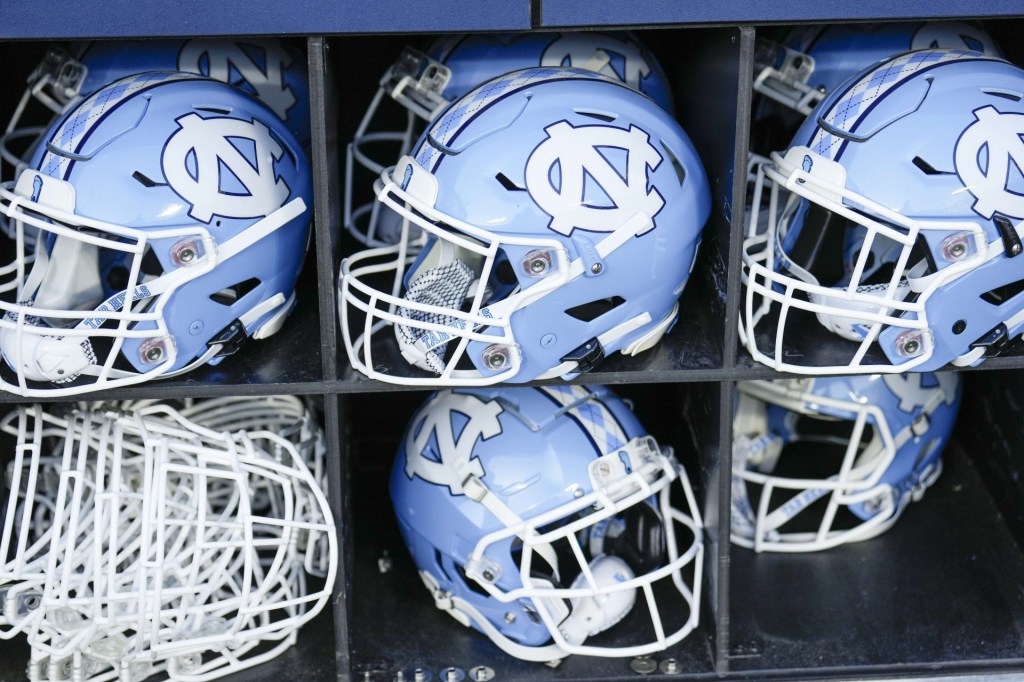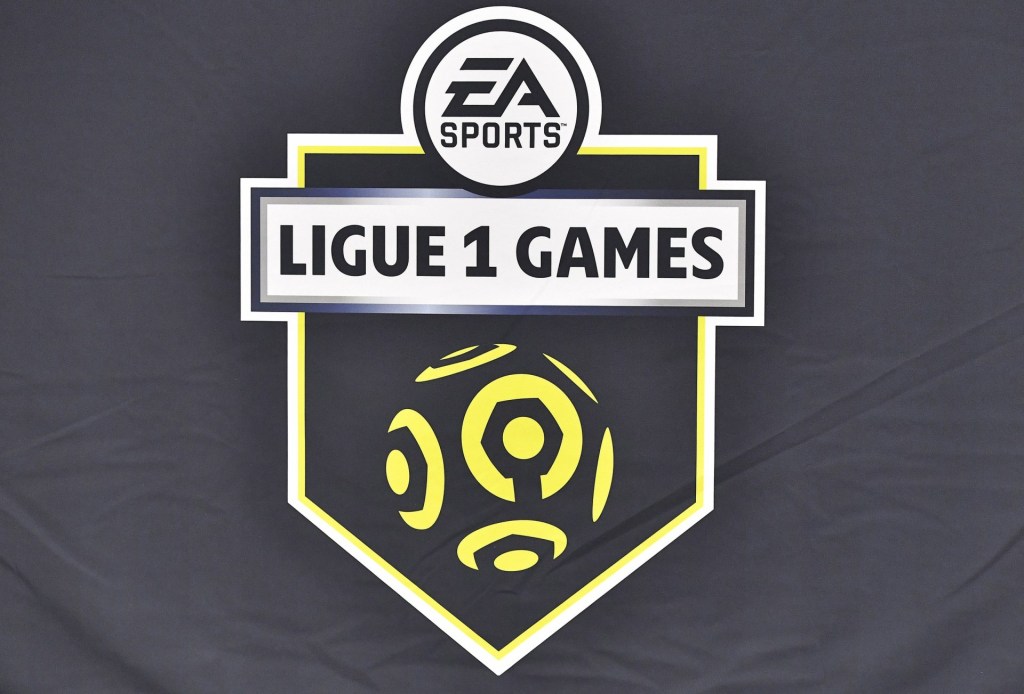The PGA Tour is becoming the latest major sports league to turn to technology for help in modernizing and speeding up its on-course product.
With Major League Baseball seeing fantastic results from the implementation of the pitch clock in 2023, the PGA Tour is testing the use of distance-measuring devices (commonly known as rangefinders) at six events over a four-week period beginning Thursday at the RBC Heritage in Hilton Head and at the Corales Puntacana Championship.
Like baseball, professional golf has long struggled with its pace of play, often resulting in five-plus-hour rounds during tournaments—well above the standard four hours expected for playing 18 holes. During the first season of TGL, the indoor golf league co-founded by Tiger Woods and Rory McIlroy, players praised the shot clock, which was new for a major golf competition.
MLB saw its average game time drop by four minutes last year with the pitch clock, after dropping by 24 minutes in 2023, the first year of implementation. The 2024 regular season average game time was two hours, 36 minutes—the league’s lowest figure since 1984.
The PGA Tour does not release specific data around pace of play, although that could change in the future. While the use of rangefinders is welcomed by many, it is not expected to have the same drastic impact that the pitch clock has had on baseball.

Cost of Doing Business
On the second-tier Korn Ferry Tour, players over the next three events will be assessed a one-stroke penalty for their first “bad time,” which occurs when a player exceeds the applicable time to play a stroke while being timed. Previously, a one-stroke penalty was not applied until a player was assessed a second “bad time.”
Similar to how MLB tested the pitch clock and other changes in the minor league before implementing them into the majors, the stroking policy could eventually make its way to the PGA Tour.
That’s key because every stroke a player loses could mean missing the cut—and not getting paid at all for that tournament—or dropping a spot in the final standings, which can result in tens and even hundreds of thousands of dollars in prize money.
After the testing period ends for all of the above changes, a deep dive into the data could result in the PGA Tour implementing a new pace of play policy as early as 2026.










